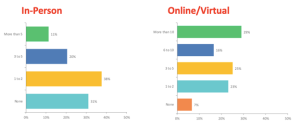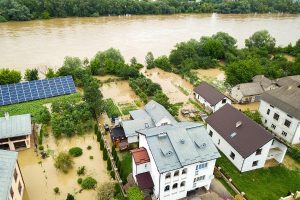
With so much of our activity and interaction being digital, the Internet is now a utility nearly as critical to daily functioning as heat or water. Inequitable access to broadband Internet access became quickly apparent during the pandemic lock down when kids lacked access to virtual school and adults were unable to complete work from their homes. Increasing broadband access is a key part of the bipartisan infrastructure law and is also supported by the Broadband Equity, Access, and Deployment (BEAD) Program. This funding is a huge step in rolling out broadband access nationwide, but there are many questions that need to be addressed to truly close the digital divide.
Where: Defining the Need
To effectively provide broadband, the government has to know where exactly it is needed. The Federal Communications Commission's broadband fabric map shows where fixed broadband access could be installed and has recently added more than one million new locations as well as removed over 1 million that were found to be mapped to structures such as garages and sheds. Being able to differentiate if an address is a residential or commercial building, a large property housing multiple families, or simply a storage shed is critical to ensuring that new broadband access is provided where it is actually needed. Agencies are working to combine this type of contextual data with the address mapping data to better plan broadband roll outs. Continue reading









